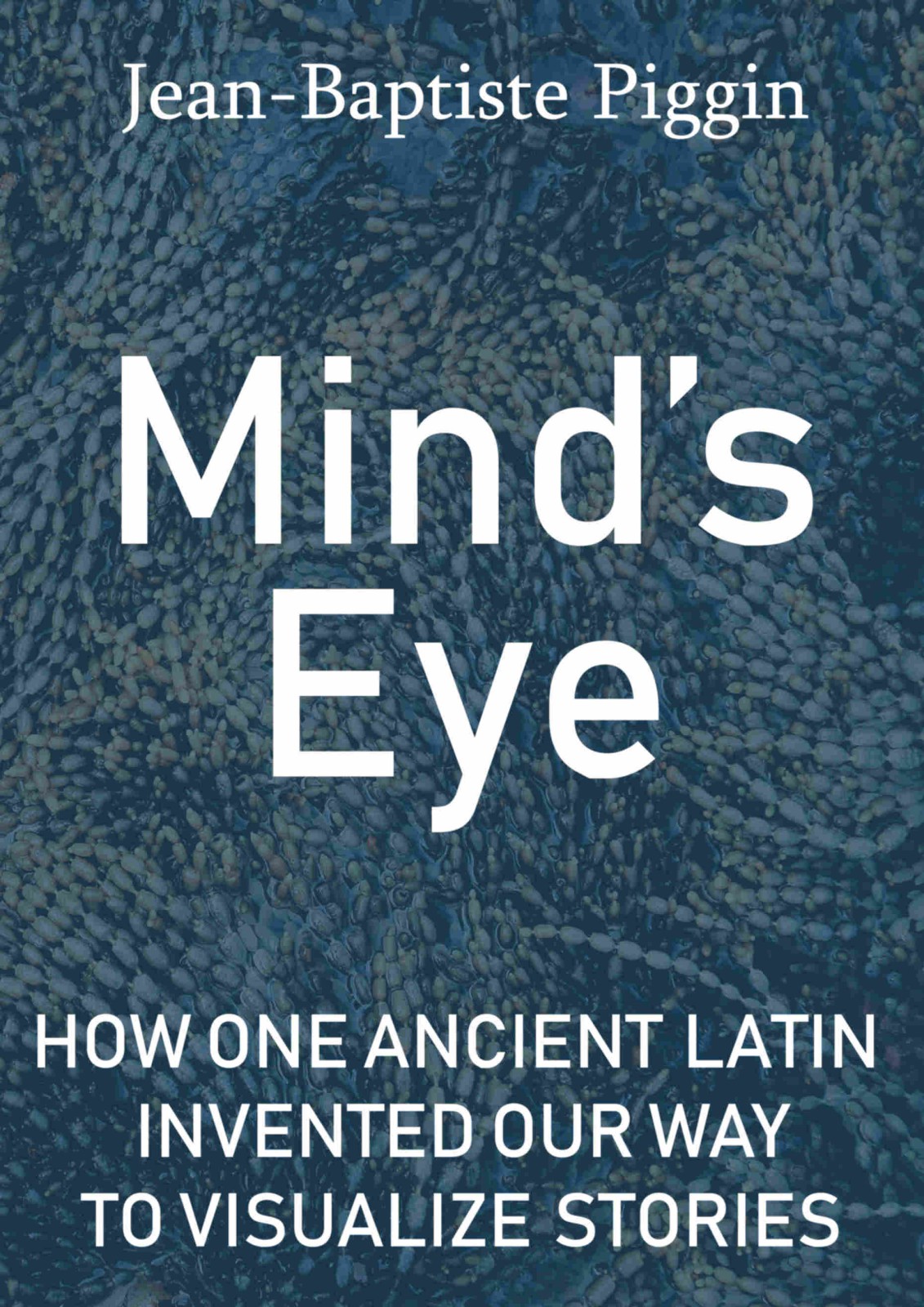In the early stages of this study, I often used a compilation of Latin chronicles by Carl Frick, a German scholar. The standard bibliographic data as well as Franz Kössler's Personenlexikon indicate he was born in Schwerin in 1848. He published a series of books and articles, beginning with his 1872 doctoral thesis, De ephoris spartanis at the University of Goettingen, and then became interested in chronography.
Two of his articles listed in Grafton and de Jonge's 1993 Scaliger bibliography deal with the 8th-century chronicle in "barbarous" Latin, the Excerpta Latina Barbari.*
This was doubtless part of his preparations to publish volume 1 of Chronica Minora in 1892. Volume 2 never appeared and he seems to vanish from the record at the end of the 19th century. His involvement in publications for the König Wilhelm Gymnasium in Höxter, Germany makes it plain he was a secondary school teacher there, but I have not been able to find any account of his further academic career, or a date of death.
* Joseph Justus Scaliger und die Excerpta Latina Barbari, published in Rheinisches Museum, is online.
Late Add (2013-11-27): His Prussian personnel record with the last entry in 1893 is in the database Personaldaten von Lehrern und Lehrerinnen Preußens. There is a date, 1.4.10 on the front of this, which may indicate a 1910 death, but this is not certain. He is also mentioned in a history of the Höxter school library.
Disgrace
1 hour ago


